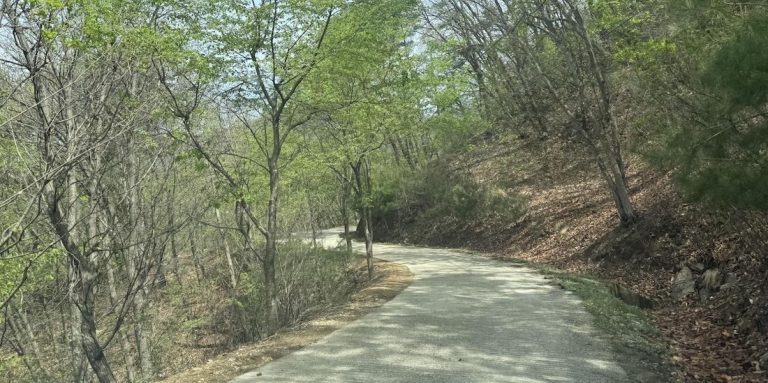
Village of Geolsan experiences decline after relocation of U.S. bases
Gyeonggi Province, S. Korea — Hwang Ok-seon, 74, a longtime resident of Geolsan Village in Dongducheon, Gyeonggi Province, in South Korea suddenly experienced intense stomach pain one night a few months ago.
She called for an ambulance, but it was delayed because emergency personnel
had to detour around Camp Casey — a U.S. military base established in 1952 —
as they lacked the necessary access permit to pass through.
Often described as an inland island, the small village has long been isolated due to the presence of Camp Casey.
“I was in so much pain, but it felt like forever before the ambulance arrived. Of course, they had to take this road late at night,” she said, pointing to a mountain route that connects the village with the outside world.
The journey from the entrance of the U.S. Army base to her home takes 40 minutes by car, winding through a narrow, hilly and bumpy road just a few meters wide.
For over 70 years, there have been two ways to access the village: by a 10-kilometer mountain trail that takes 40 minutes by car or three hours on foot, or by driving through the U.S. military facility with an access pass between 8 a.m. and midnight, a route that takes only seven minutes by car.
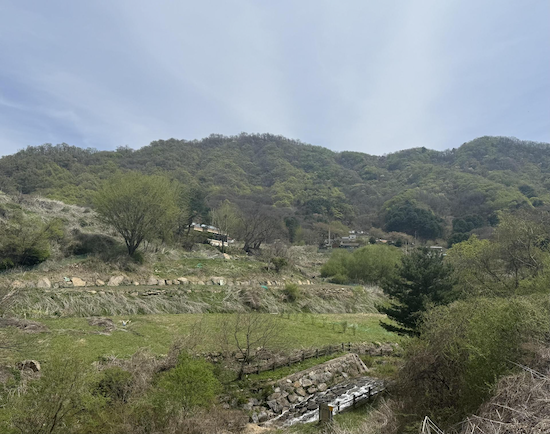
“As you can see, it’s difficult passing through this winding road at night,” she explained. “I’m the youngest in the village, so I give rides to my neighbors and visitors whenever they need me, but honestly, I’m not sure how much longer I can keep doing it.”
Due to recent difficulties in obtaining the entry pass, Hwang and the villagers have had no choice but to take the 40-minute route.
Residents and city officials said that since 2022, new passes have not been issued, making it difficult for visitors and newcomers to access the village. Additionally, those who already have the pass must renew it every two years, but the renewal process, which used to take one to two months, is now taking three to four months due to what they were told were verification delays.
Noh Soo-il, 86, who was born and raised here, said, “I don’t know why it has to be issued every two years. It’s uncomfortable and it’s taking longer to be issued.”
In protest of the access difficulties, village residents have been holding a one-person rally since April 21.
On Wednesday, about 50 residents held a rally in front of the main gate of Camp Casey, calling for improvements to the administrative process for issuing access passes to Geolsan Village.
They also urged the government to relocate the U.S. base as promised or provide adequate compensation to the villagers.
While the U.S. military is aware of the situation, a spokesperson for Camp Casey told The Korea Times, “Security remains our top priority when granting access to our garrisons.”
The spokesperson added, “Granting installation access based on the purchase of property poses an operational security concern. The safety of the U.S. and ROK [Korean] soldiers and civilians who live and work on our installations remains our top priority.”
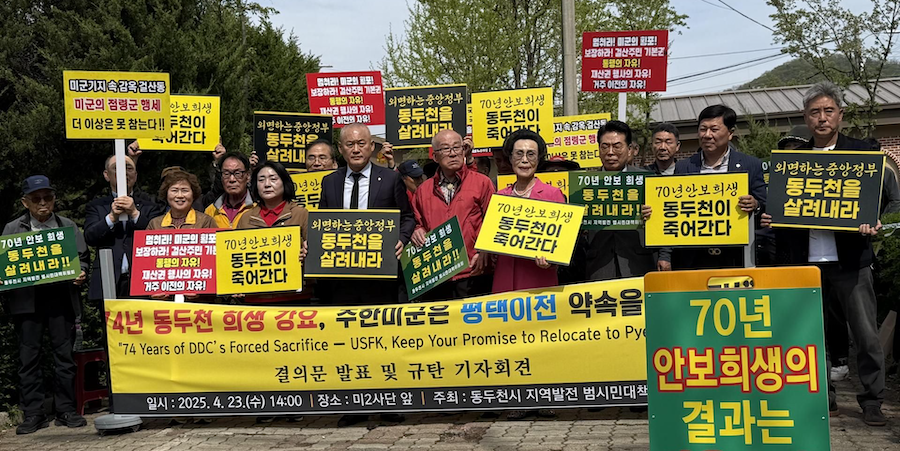
Dongducheon’s decline
Meanwhile, due to its isolation, the village is slowly fading into obscurity.
It once teemed with life, even boasting an elementary school that had 116 students from 1967 until it closed in 1999. Now, only 98 elderly residents remain, most of whom have spent their entire lives there and wish to stay until their final days.
Sim Woo-hyun, a 65-year-old native of Dongducheon, the nearest large city, and head of Dongducheon Citizens’ Action Committee for Regional Development, argues that the near-extinction of Geolsan Village is just a symptom of a much larger issue.
North of Seoul, Dongducheon once hosted the largest concentration of U.S. Army bases in Korea. At its peak, five bases covered 40.63 square kilometers of the city’s flatlands, accounting for 42 percent of its total area.
The city evolved from a rural community into a thriving town after the bases were established, with more and more residents becoming reliant on the spending of U.S. soldiers.
Until the early 2000s, around 20,000 people — including American soldiers, their families and civilian workers — lived in Dongducheon, fueling a vibrant local economy. However, the city began to decline following the large-scale relocation of U.S. forces further south to Camp Humphreys in Pyeongtaek, Gyeonggi Province, and the deployment of troops to Iraq.
Today, Camp Casey is still operational, housing only about 3,000 personnel, according to a local civic group.
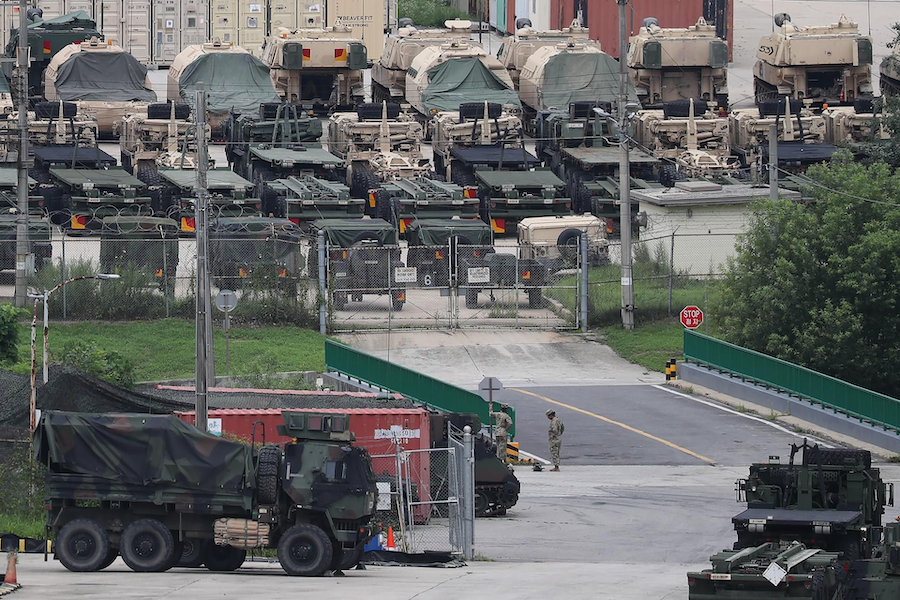
Following repeated requests from local residents, 23.2 square kilometers of land previously occupied by the U.S. military was returned. However, 99 percent of this land was mountainous, making it unsuitable for economic development.
In 2014, the government pledged to return the land gradually to locals and develop an industrial complex to help revive the local economy.
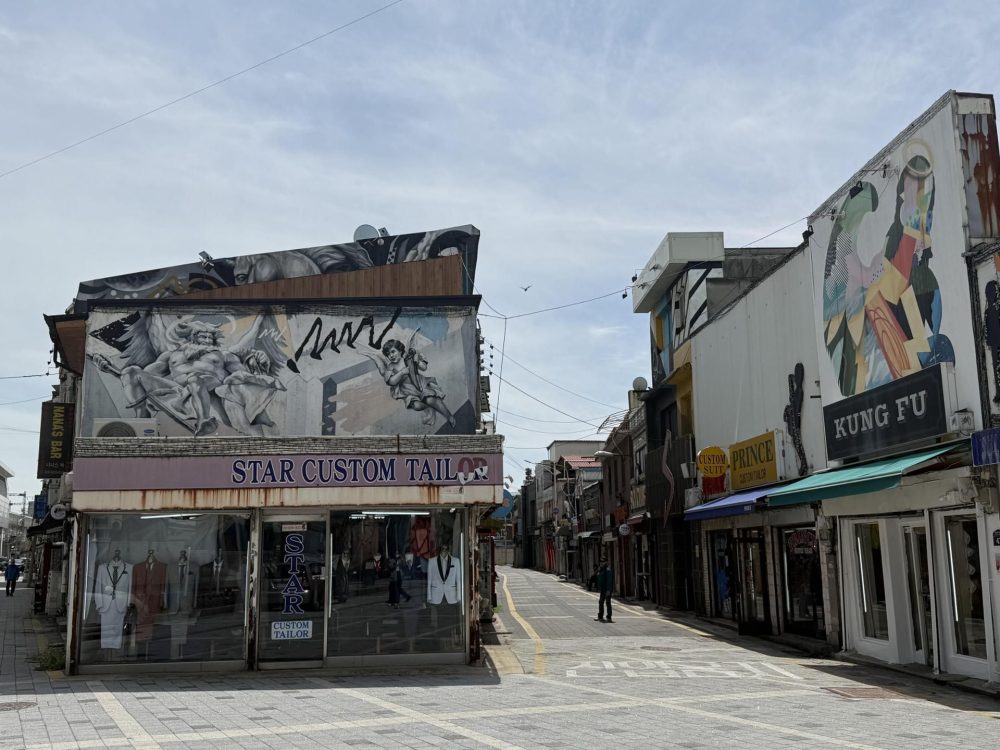
However, that promise remains unfulfilled.
Dongducheon has been severely impacted by the decrease in U.S. soldiers stationed at Camp Casey.
According to the Gyeonggi Research Institute, over 70 percent of businesses dependent on the U.S. military presence have closed. Moreover, the cumulative economic damage from halted urban development over the past 70 years has been substantial.
In the first half of 2024, the city’s unemployment rate was the highest in the nation, while its financial independence level ranked the lowest among the 31 cities and counties in the province. Once home to nearly 100,000 residents, the city’s population dropped to 80,000 last year and continues to decline.
“The people of Dongducheon have suffered in silence for over 70 years in the name of national security. As a result, we are facing isolation. There has been no government support,” Sim said.
Residents Clash with U.S. Military Over Better Access to Village (April 29, 2025)
#Okinawa, #USMilitary, #Henoko, #LandRights, #JapanUSAlliance, #LocalProtests, #StewardshipReport, #CommunityAccess, #MilitaryBases, #OkinawaStruggle
Lee Hae-rin
Lee Hae-rin is a City Desk reporter at The Korea Times, covering social issues, tourism and taekwondo. She is passionate about speaking up for the rights of minorities, including women, LGBTQ+, people with disabilities and animals as well as discovering the latest makgeolli trend in town. Feel free to reach her at lhr@koreatimes.co.kr.
Lee Hyo-jin
I cover South Korea’s foreign policy, defense and security issues on the Korean Peninsula. Before that, I reported on immigration policies and human rights — topics I continue to follow closely. I strive to gain an accurate understanding of the issues I cover and am particularly interested in stories that amplify often overlooked voices. Tips and story ideas via email are always welcome.
